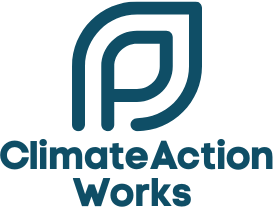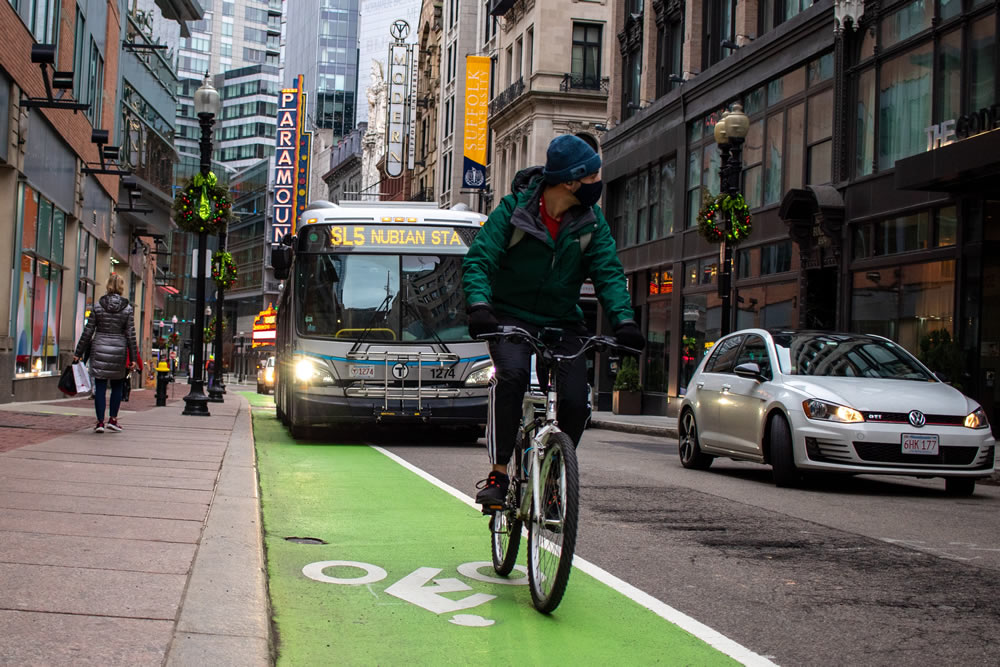
In December 2022 my hometown of Montréal hosted the largest UN Environmental event in decades, COP15, the 15th Meeting of the Conference of Parties, under the UN-led Convention for Biodiversity. Thousands of attendees ranging from government representatives, NGOs and business interests converged on Montréal, in the name of working together, across boundaries, to preserve Nature.
The conservation of nature movement started in the late 19th century with organisations such as the Audubon Society, and was followed by the creation of national parks in Europe, the US and Canada. The 20th century saw NASA’s James Hansen’s presentations to Congress in the 1980s on climate change, Al Gore’s Inconvenient Truth talks and documentaries, the Rio Summit of 1992 and 27 COPs on climate. This largely focused the attention of media, NGOs and citizens on climate and therefore somewhat parallel to nature and its necessary preservation.
Montreal’s COP 15, delayed by 2 years due to COVID (a pandemic which will prove to have been foisted on the world due to biodiversity loss) will have served as a necessary wake up call that climate and biodiversity are inexplicably linked. It’s clearer and clearer that the current extreme weather events experienced on every continent are that much more deadly due to Nature receding and losing out.
COP15’s main accomplishment is the 30 by 30 pledge – 30% of the territory of each of the 195 signatory countries to be preserved by 2030, in essence tomorrow. Which 30% and how they’re preserved is what needs to be implemented, with the support and vigilant watch of citizen-led organizations on the ground.
The other COP15 accomplishment is the recognition, long overdue, of the role, past, present and future, of the Indigenous Nations around the world as stewards of Nature and biodiversity. 80% of global biodiversity is tended to by the Indigenous Nations, who represent less than 5% of the world’s population.
These are huge issues and most citizens will feel unable to act. That’s where the Peace Innovation Institute and its ClimateActionWorks project comes in. Our work stems from the Persuasive Technology Lab at Stanford and the subsequent Peace Innovation Lab at Stanford. We’re founders of the Peace Engineering Consortium, working to develop Peace Engineering as a unique platform to emphasize the importance of the engineering profession in addressing our inter-related challenges: climate change; security of water, energy, land and food resources; environmental protection and natural resource management.
We aim to curate and spotlight good works to preserve and enhance Nature, protect the climate, happening right now and which can be replicated, adapted and adopted, on a massive scale. Our activities are designed for scale: we’re hosting global events to showcase research and case studies, developing a university course on massifying climate and biodiversity action. We’re looking for funding, additional partners and overall enthusiasts who share the mission we self-assigned: working, together, to build the future, one where sharing has become a central value to each of our tasks.
Join us !


